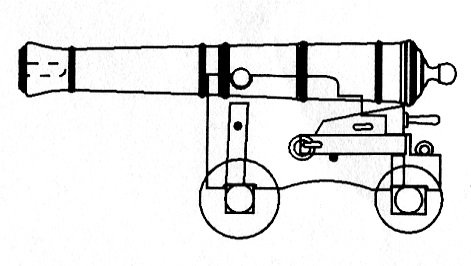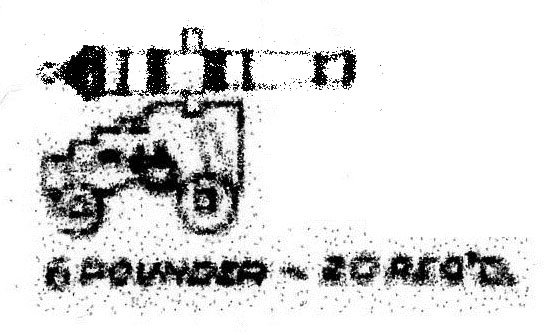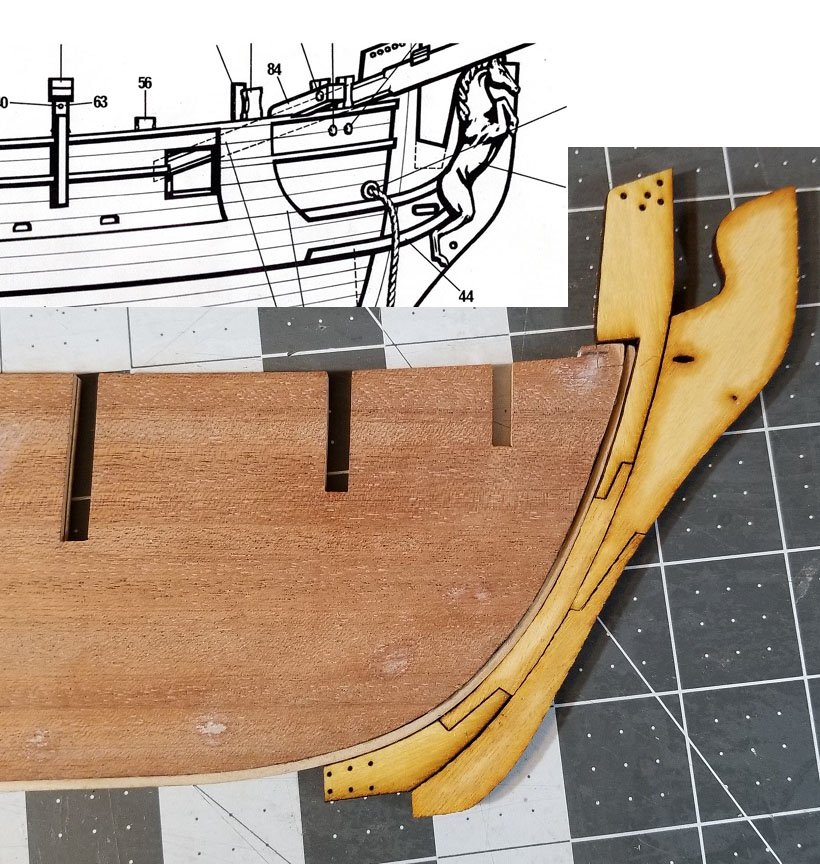-
Posts
3,141 -
Joined
-
Last visited
Content Type
Profiles
Forums
Gallery
Events
Everything posted by Gregory
-
After I offered to show you an example, I went through a lot of my files, and really couldn't find a good example, so I put together a quick demo. Basically, I start with some tracing paper.. Which I overlay on the part of the plans I wish to veneer. Then I take the veneer strips and glue them to the tracing paper with white or yellow glue. I use colored pencil to highlight the edges when desired.. Once the pattern is complete, I can sand and add finish ( poly or whatever ), before cutting out the finished piece and adding it to the model.. I find this convenient, if I decide to do it over without having to strip it off of the model. The above picture is not a good example of a finish I would find acceptable. It was done quickly to show my method. If you look at my Gretel in the Gallery, all of the deck pieces were prepared in this manner. If I haven't made my method clear, please ask me any questions..
-
I don't have an example handy, but for most of my veneer decking, bulkheads & etc. I glue it on to very thin paper. such as tracing paper off of the ship. I then glue that onto the boat or sub-assembly in one piece. If this sounds interesting to you, I will dig up an example..
-
nubie question regarding string and knots
Gregory replied to EricWilliamMarshall's topic in Masting, rigging and sails
I recently posted a tip about this, but it is only good if you are using polyester thread.. -
Imagine the number of people who have followed those AVS plans and never questioned them... ...
-
I personally can't justify the price of boxwood, so I'm out. I really like your AYC, and find it very satisfactory for details where I might otherwise use boxwood. Are you considering offering milled cherry outside of the Winchelsea project? I have got some very good stuff at a reasonable price from Ocooch, but they have somewhat limited thicknesses..
-
I can't say if it is documented practice, but a fid forward of the bitts might provide support in helping to keep the bowsprit from being pushed aft by the tension of bobstays or other rigging.. There appears to be a fid forward of the bitts on this contemporary model.
- 335 replies
-
- alert
- vanguard models
-
(and 1 more)
Tagged with:
-
Not saying this is within my skill set, but your discussion of the port lids, and in the context of your beautiful model, do you think going this far ( the curved port lid ) would be too much? Would they have been like that on the actual ship?
- 1,784 replies
-
- winchelsea
- Syren Ship Model Company
-
(and 1 more)
Tagged with:
-
A little bit of progress.. The main false deck is a real tight fit and all I really needed to square up the bulkheads. The quarter deck false deck did not match the plans and wasn't fitting well, so I cut a new piece, which resulted in the color difference.. Looking forward to starting the planking. after fairing things up a bit.
-
Check this out..
-
I have picked up on some stuff at Micromark over the years that I couldn't seem to find anywhere else. But Amazon and China have changed all of that..
-
When the right size hole seems to elude me, I have a set of something like these: Micro-Size Precision Reamers I don't think I paid that much, but it was over 20 years ago, so inflation probably means I did. I find them invaluable when it come to blocks and such..
-
If the Wondercutter is your kind of tool, you might be in the market for a $200 glue applicator..
-
It was discussed under a two word name Wonder Cutter I think the consensus was that it is a bit overpriced.. I don't recall if anyone has actually tried it. I see there is a similar device, offered at a similar price on Amazon Prime.. You could try it, and send it back if you don't like it..
-
I realized ( later ), that conforming the beakhead to the Chapelle and NMM drawings, also meant changing the part of the stem behind the beak.. ( Someone let me know what the correct terminology is ) I cut out the rest of the keel and stern post and glued it to the backbone.. The difference in color, from front to rear, is mostly due to lighting. The Rudder is a work in progress, and not finely tuned yet. Considering the way I work, it may be version one, of several versions to come. While not scale, but still relatively fine, I like the way a coat of poly has brought out the grain in the yellowheart that I chose for the stem and keel. I have yet to decide how I may use this wood in other parts of the model. Thinking ahead about the details of the model; things to be working on while glue is drying; I am working on the cannon. The included barrels, are really quite nice, and seem to be a reasonable size for six or eight pounders. I will be looking for any input and opinions in this regard.. They measure in at 35 mm, which at the kit scale of 1:50 translates to 5.75 feet . My research has shown the barrel length for various " pounders" can vary somewhat. The kit supplied carriages might have seemed acceptable 20 or more years ago, but not now in the age of laser cutting, and the standards set by the models we see here at MSW. Luckily, as I mentioned earlier, I just happen to have a laser cutter. I'm working on a built up carriage, based on various drawings and several build logs here at MSW.. This is a little rough, and not my final choice of wood.. What you see is walnut, and I am thinking of going with cherry. Why a dark wood with the carriages? I have a vision of an un-painted model with contrasting (but not too severe) woods. The deck will be lighter, with darker details including the gun carriages. I noted in a build log by BlueEnsign regarding the Cutter Alert kit, that the carriage trucks had square hubs and axles. He also noted how fragile the axles could be when trying to round them off; particularly at the scales we are working at. My answer to this problem is a sanding tool I devised for rounding off small square stock. It is simply some fine ( 320 ) sanding paper rolled into a small tube, affixed to some small round stock and used with my low RPM Dremel tool. The inside of the tube is the working side. Here is the tentative result; keeping in mind I plan to smooth some of those rough surfaces you see.. It could be a matter of perspective, but it may appear the carriage is under sized compared to the barrel. However I have based my parts on a number of resources such as Chuck's long gun on the Cheerful, and the 6 pounder from the Hahn plans of rattlesnake. I have also been looking at the excellent guns that DocBlake put together for his Blandford cross section. ...Which don't appear a lot different, in my opinion, to the proportions of the gun I have put together. That's it for now.. Should be fitting the bulkheads and beginning the planking soon..
-
If that were a fair example of a completed model here at MSW, the expert ship modelers here would probably be generous with their praise and encouragement.. There are two San Martin kits in the build index, with one showing a lot of progress and last updated in July of this year. The other had very little progress, and was last updated almost six years ago.
-
To get a feel for how challenging this hobby can be, take a look at the index of wood ship build logs .. Note how many of them read " Finished ".. Also look at the ship kit build log forum.. Note that if you click over to the middle of the topics, after about 45 pages or so, the logs have not been updated for over two years..
-
HMS Vanguard Victory models /Amati which to buy?
Gregory replied to Ian B's topic in Wood ship model kits
I live in the US, and have paid considerably less for kits from CMB than the same kit purchased from US dealers. even after shipping was factored in.. -
Fairing the bulwarks
Gregory replied to Bill Madison's topic in Building, Framing, Planking and plating a ships hull and deck
Here is a link for you: Ship Model Framing and Planking -
FWIW, I heard that Bluejacket makes the frames by creating a full hull with CNC, then slices it up to make two kits.. Maybe Mr. Bluejacket will see this and clarify if I'm wrong.. I can't visualize at what point the errors you are seeing would creep in. It certainly speaks of a lack of quality control..
-
A few subtle changes. I cut some pieces from my new yellowheart . Not glued, and not cleaned up, so we can compare the difference afterword. The discoloration is from the smoke created when cutting.. That should change with the cleaning.. I realized I shaped the forward-most stem to sit too high as seen in the previous post, so I scaled that back..I should have the rest of the keel finished soon
About us
Modelshipworld - Advancing Ship Modeling through Research
SSL Secured
Your security is important for us so this Website is SSL-Secured
NRG Mailing Address
Nautical Research Guild
237 South Lincoln Street
Westmont IL, 60559-1917
Model Ship World ® and the MSW logo are Registered Trademarks, and belong to the Nautical Research Guild (United States Patent and Trademark Office: No. 6,929,264 & No. 6,929,274, registered Dec. 20, 2022)
Helpful Links
About the NRG
If you enjoy building ship models that are historically accurate as well as beautiful, then The Nautical Research Guild (NRG) is just right for you.
The Guild is a non-profit educational organization whose mission is to “Advance Ship Modeling Through Research”. We provide support to our members in their efforts to raise the quality of their model ships.
The Nautical Research Guild has published our world-renowned quarterly magazine, The Nautical Research Journal, since 1955. The pages of the Journal are full of articles by accomplished ship modelers who show you how they create those exquisite details on their models, and by maritime historians who show you the correct details to build. The Journal is available in both print and digital editions. Go to the NRG web site (www.thenrg.org) to download a complimentary digital copy of the Journal. The NRG also publishes plan sets, books and compilations of back issues of the Journal and the former Ships in Scale and Model Ship Builder magazines.

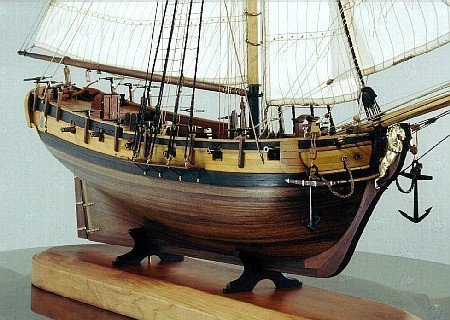
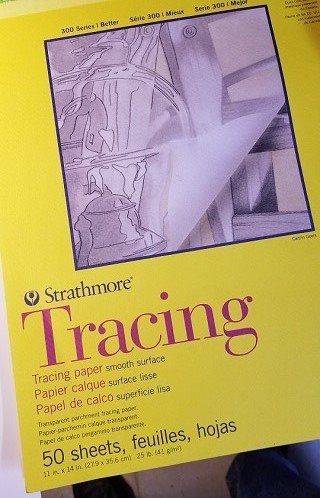
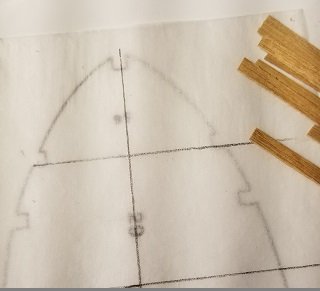
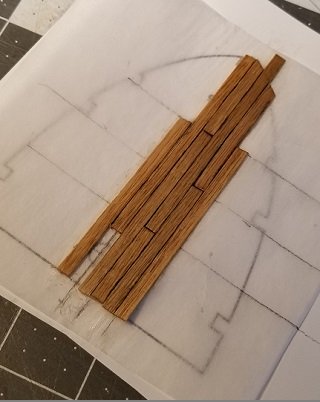

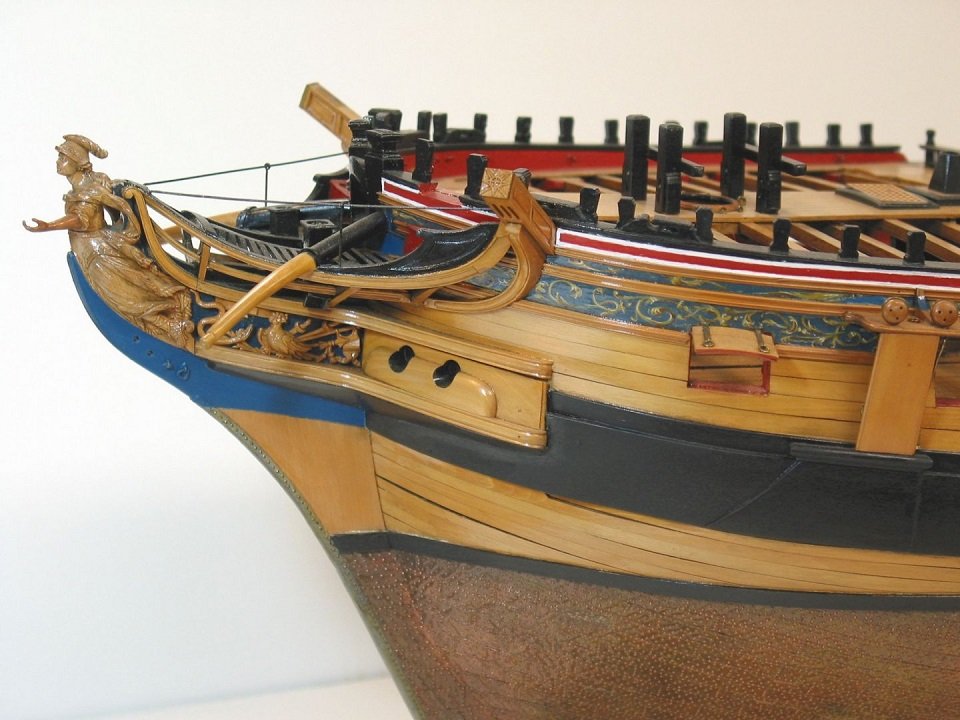
.jpg.824f603b7d19e8798950757f7748c891.jpg)
.jpg.0ab2fbec4ef23372695d6c625da2e83d.jpg)
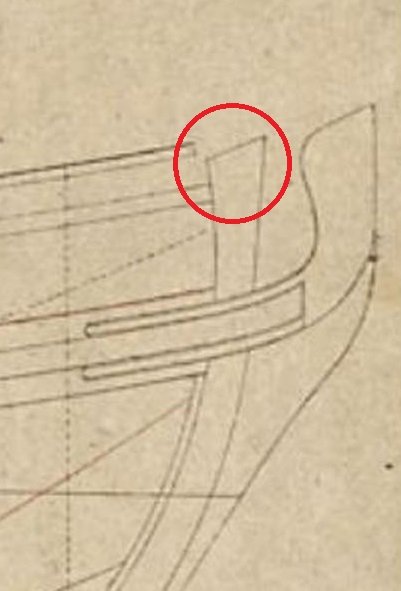
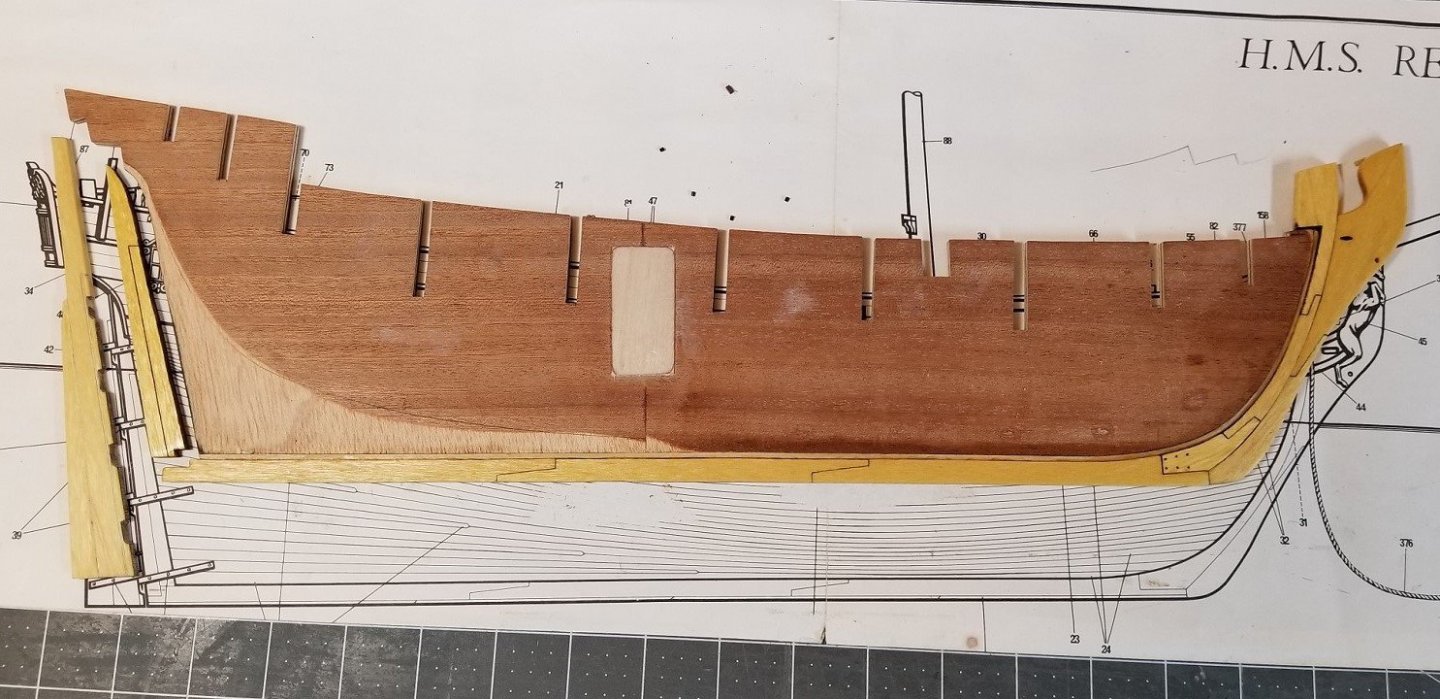
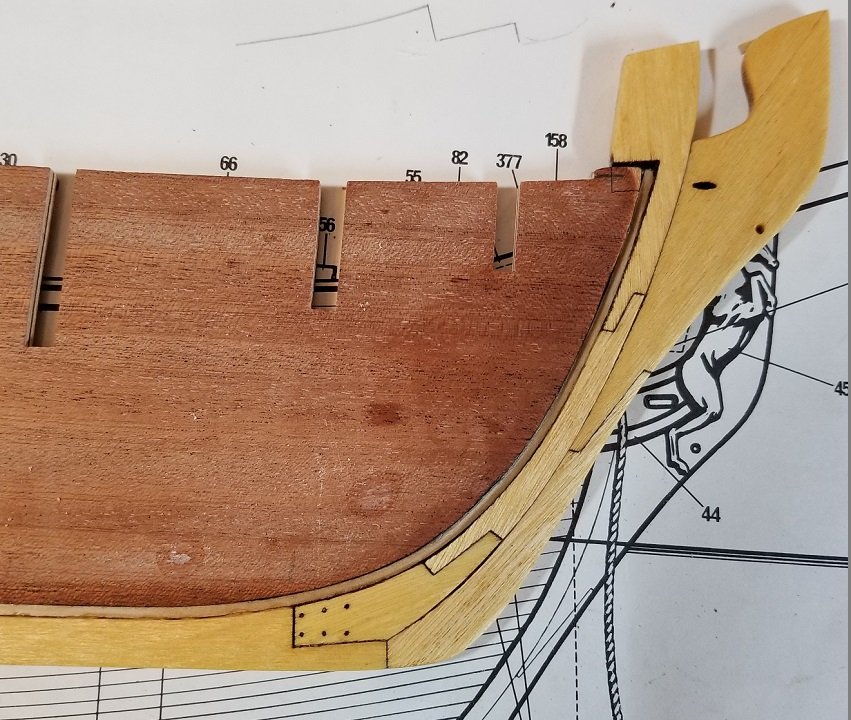
.jpg.79a1f116f5c533cad7ad6d4ce29a4c9e.jpg)
.jpg.eb9857f9687b5782ca0daf532dc443e0.jpg)
.jpg.80abe1abfb800bdd565e3f6e85a4e0b6.jpg)
.jpg.f9f492fb9c2f975985b9718218b256c2.jpg)
.jpg.b7ecb11ebb74701877909cd97d2ecf63.jpg)
.jpg.3dac6971ac2e71ac5bf090c9a769b535.jpg)
